Seven spine surgeons discuss the changes that they hope are forthcoming for the spine industry in 2015.
Ask Spine Surgeons is a weekly series of questions posed to spine surgeons around the country about clinical, business and policy issues affecting spine care. We invite all spine surgeon and specialist responses. Next week's question: What is the physician assistant's role with surgeons? How far should it expand?
Please send responses to Anuja Vaidya at avaidya@beckershealthcare.com by Wednesday, Feb. 4, at 5 p.m. CST.
Question: What change do you hope to see in the spine industry in 2015?
William Taylor, Director, Spine Surgery, Vice Chairman, Division of Neurological Surgery, University of California, San Diego: A return to innovative treatments and new technologies. Reimbursement, malpractice concerns and governmental  regulations/taxes have had the effect on patient care that is hopefully unintended, rather than ensure quality in this current environment can lead to less innovation, growth and new technologies.
regulations/taxes have had the effect on patient care that is hopefully unintended, rather than ensure quality in this current environment can lead to less innovation, growth and new technologies.
New options from appropriate industry-physician collaboration and investments in transformative technology by the spine industry will enhance our specialty and lead to improvements in outcome. We have seen new ideas and companies fail in the recent years that would have offered alternatives in care that will be missed in the years to come.
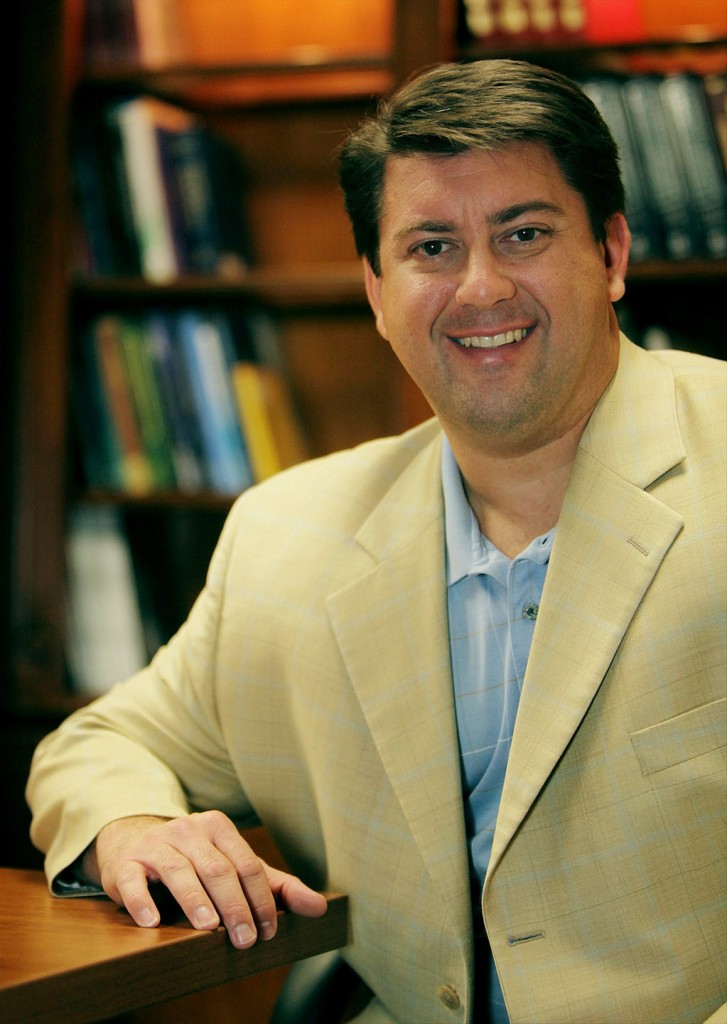 Richard A. Kube II, MD, CEO, Founder, Prairie Spine & Pain Institute, Peoria, Ill.: In short, I would like to see a diminishing amount of vilification of surgeons and the industry alike. There has been a growing dialogue regarding the numbers and types of spine surgeries being performed over the last several years. There are a variety of reasons for this, but I believe major contributors are the aging population and the ability to perform more procedures minimally invasively.
Richard A. Kube II, MD, CEO, Founder, Prairie Spine & Pain Institute, Peoria, Ill.: In short, I would like to see a diminishing amount of vilification of surgeons and the industry alike. There has been a growing dialogue regarding the numbers and types of spine surgeries being performed over the last several years. There are a variety of reasons for this, but I believe major contributors are the aging population and the ability to perform more procedures minimally invasively.
When I first left training nine years ago, I would encounter at least one or two patients every week that would come in for an opinion regarding their spine that had been told they would die or become paralyzed if surgery was done. Now, I cannot remember the last time I had a patient tell me that. Between the increasing numbers of spine surgeons obtaining advanced fellowship training, and the added techniques available, patients that previously had no hope now have an option.
Additionally, patients who would have continued with dozens of epidural injections and medications are now considering minimally invasive surgical options. It seems that the boom in spine cases would be reminiscent of orthopedics in the 1970s when major joint replacement was becoming main stream. We as spine surgeons need to continue providing research that substantiates our treatment plans, and advocate for our patients if we desire the above changes.
Robert S. Bray, Jr., MD, founder & CEO of DISC Sports & Spine Center (Marina Del Rey, Calif.): In spine surgery, some 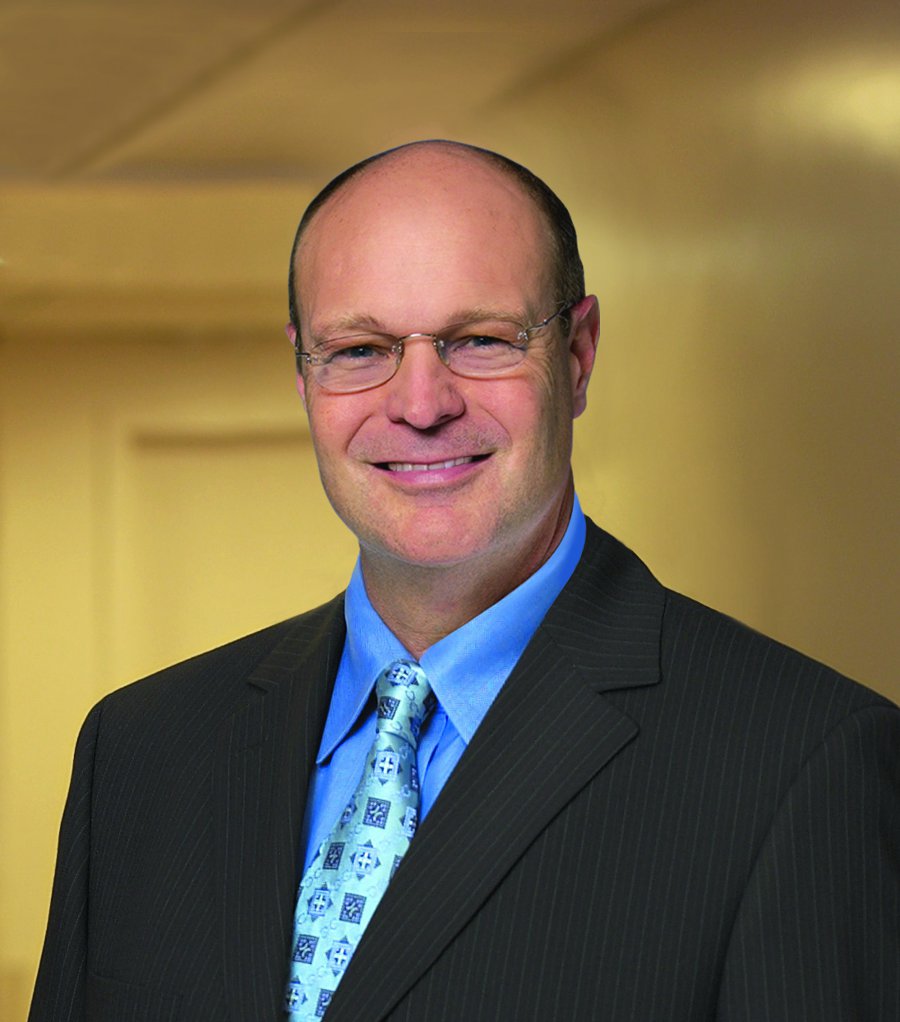 procedures require the use of implants. Historically, implant companies have controlled the implants, while insurance companies control the dollars, and yet there has been no direct communication between the two entities. Instead, you have implant companies marketing directly to doctors, who must then fight to get devices approved, a practice that ultimately means less implants authorized for patients. I don't believe this trend will continue.
procedures require the use of implants. Historically, implant companies have controlled the implants, while insurance companies control the dollars, and yet there has been no direct communication between the two entities. Instead, you have implant companies marketing directly to doctors, who must then fight to get devices approved, a practice that ultimately means less implants authorized for patients. I don't believe this trend will continue.
A shift I'm beginning to see involves implant companies working directly with insurers, giving them the ability to demonstrate which devices are the most cost-efficient, backed by science and how they work. Doctors are no longer stuck in the middle, which means they can go back to treating patients instead of negotiating the use of implants with insurance companies.
This change in communication is vital, and while it won't happen overnight, I am beginning to see a few pioneers moving it forward. The winners will be the implant companies that make an effort to communicate with insurers directly.
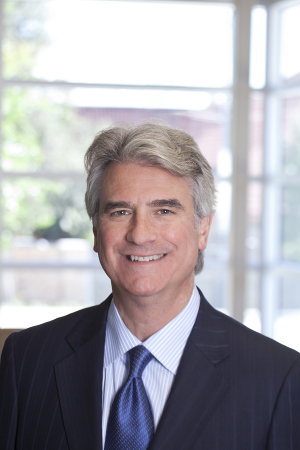 John Peloza, MD, Founding Partner, Director, Center for Spine Care (Dallas): I would like to see more spine surgeries being performed in ambulatory surgical centers. I would also like for insurance companies to not list artificial disc as investigational or experimental since it has been approved by the FDA.
John Peloza, MD, Founding Partner, Director, Center for Spine Care (Dallas): I would like to see more spine surgeries being performed in ambulatory surgical centers. I would also like for insurance companies to not list artificial disc as investigational or experimental since it has been approved by the FDA.
Bryan Oh, MD, Neurosurgeon, BASIC Spine (Newport Beach, Calif.): I hope to see continued emphasis on quality. There are certainly lots of spine procedures being performed. However, there needs to be a standardized way of tracking which surgeons and facilities are providing the best quality surgical outcomes. I am hoping that this becomes more standardized and fair and that surgeons and facilities providing the highest quality outcomes are rewarded for their commitment.

As this focus on quality continues, I believe there will continue to be a trend towards treating complex spine pathology with less invasive outpatient procedures. The evolution of minimally invasive surgical techniques and technology and better anesthesia protocols have created a paradigm shift in the way surgeries are being performed and have given rise to improved outcomes. Over 80 percent of the procedures that we are performing at BASIC Spine are now outpatient procedures including ACDF, lumbar decompressions and minimally invasive lumbar fusions.
Additionally, I am also hoping to see improved development of quality biologics in the spine industry. Products such as stem cells certainly have anecdotal evidence for success. I would like to see studies that either validate or refute this. Patients are certainly getting savvier with regard to biologics and improved surgical outcomes. I think that the industry needs to produce trustworthy, evidence-based answers that are easily accessible and transparent so that surgeons, insurers and patients can make informed decisions regarding clinical protocols for treating spine injuries.
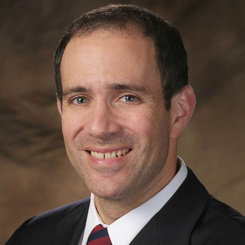 Alan S. Hilibrand, MD, Co-Chief, Spinal Surgery, Director, Orthopaedic Medical Education, Jefferson Medical College/The Rothman Institute (Philadelphia): Spine surgeons rely on industry for three vital roles. First, to produce products that make our job easier and improve patient outcomes; second, to provide high quality customer service to improve the safety of product use; and third, to support the work of surgeons and our specialty societies to provide continuing medical education and collaborative research efforts which can improve quality of care and enhance the value of future products developed by our industry partners.
Alan S. Hilibrand, MD, Co-Chief, Spinal Surgery, Director, Orthopaedic Medical Education, Jefferson Medical College/The Rothman Institute (Philadelphia): Spine surgeons rely on industry for three vital roles. First, to produce products that make our job easier and improve patient outcomes; second, to provide high quality customer service to improve the safety of product use; and third, to support the work of surgeons and our specialty societies to provide continuing medical education and collaborative research efforts which can improve quality of care and enhance the value of future products developed by our industry partners.
I would like to address the third issue first, because this is where we need to see a change in 2015. Since the AdvaMed guidelines were released several years ago, many manufacturers have used them as an excuse for declining financial support of spine specialty societies and especially their CME activities. I believe that the industry needs to increase their support of the activities of these societies, especially since the societies all focus on demonstrating the value of spinal surgery and disseminating information regarding best practices and new techniques and technologies.
Regarding the first issue, companies continue to sell products that surgeons find useful and if they don't, there are enough choices that surgeons will use a different company's product that serves that function. The second matter of customer service may be threatened by many of the exclusivity agreements between hospitals and the industry that help drive down implant pricing. Rather than see a change, I hope that in 2015 the spine industry continues to focus attention on customer — surgeon — service, even where they have a "captive" hospital market.
Lloyd Zucker, MD, Chief, Neurosurgery, Delray Medical Center (Delray Beach, Fla.): Although not new to 2015, the 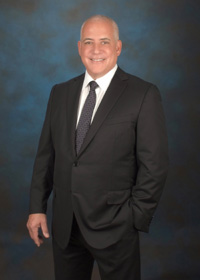 spine industry has an ever increasing responsibility to support Level I research. The advancement and application of new techniques and technologies cannot be supported by previous years of anecdotal medicine. Without absolute transparency, even well designed research wilts under scrutiny. Even further, sunshine laws have exposed avenues of funding that while given with the best of intent, when viewed out of context allows perceptions that sully their outcome.
spine industry has an ever increasing responsibility to support Level I research. The advancement and application of new techniques and technologies cannot be supported by previous years of anecdotal medicine. Without absolute transparency, even well designed research wilts under scrutiny. Even further, sunshine laws have exposed avenues of funding that while given with the best of intent, when viewed out of context allows perceptions that sully their outcome.
Over the past years, profits within the spinal industry have ballooned. Outcome studies still question the absolute contribution of spinal fusion and fixation to outcome, both in the near and long term. I would challenge the industry to establish a research funding vehicle that is contributed to by all members of the industry. Research proposals will be submitted to this body for consideration with a panel of both medical and surgical professionals along with other stakeholders in the outcome responsible for deciding on the disbursement of funding. Research without any perceived conflict of interest is a remarkably powerful inducement to progress. The major profit makers within this industry include both sides of the supply chain, from producer to end user and those that pay for this utilization. Huge profits have been realized by insurers as well; their contribution to such a fund should not be overlooked.
It is time for science to drive the industry and insurers and not the other way around.
More articles on spine:
O-arm a game-changer at Blount Memorial Hospital
Can MAGEC help adults with scoliosis? 1st patient reports success
How industry sponsorship impacts spine device clinical trials — 5 things to know


